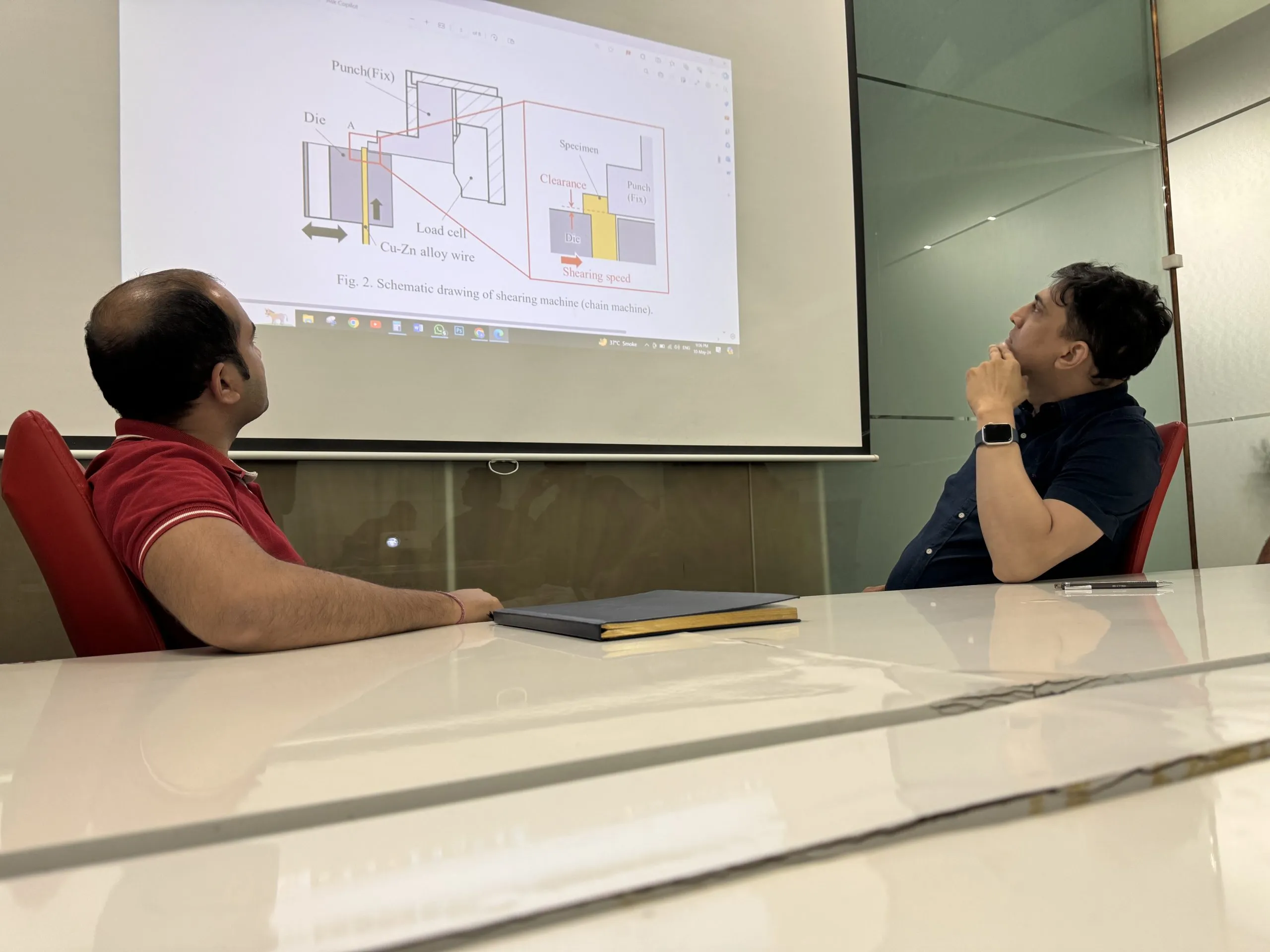The i2i Model
THE I2I MODEL

Ideation and Conceptualization
The model begins with the ideation phase, where individuals or teams generate creative ideas and concepts. This phase encourages out-of-the-box thinking, exploration of new possibilities, and the formulation of innovative solutions to address specific challenges or opportunities.
Validation and Feasibility Assessment
Once ideas are generated, the next step involves validating the feasibility and potential impact of these ideas. This includes conducting market research, analyzing the competitive landscape, assessing technical feasibility, and evaluating the scalability of the proposed solutions.
Engineering and Prototyping
After validating the feasibility of ideas, the i2i model moves into the engineering phase, where concepts are translated into tangible prototypes or minimum viable products (MVPs). This phase involves leveraging advanced technologies, tools, and expertise to design, develop, and test prototypes that demonstrate the functionality and value of the proposed innovations.
Iterative Development and Testing
The model emphasizes an iterative development approach, where prototypes are continuously refined, improved, and tested based on user feedback, market validation, and performance metrics. This iterative process allows for agile adjustments, enhancements, and optimizations to ensure that the final products or solutions meet user needs and expectations.
Innovation Scaling and Commercialization
Once prototypes are validated and refined, the i2i model focuses on scaling innovations for commercialization and market launch. This involves developing go-to-market strategies, securing funding or investment, establishing partnerships, and navigating regulatory requirements to bring innovations to market successfully.
Continuous Learning and Improvement
Throughout the entire i2i model journey, a culture of continuous learning, adaptation, and improvement is fostered. This includes capturing insights, analyzing data, learning from failures and successes, and leveraging feedback to drive ongoing innovation, iteration, and enhancement of products, processes, and strategies.
Overall, the i2i model provides a structured and holistic approach to innovation, guiding individuals and organizations through each stage of the innovation lifecycle, from ideation to commercialization, while emphasizing collaboration, creativity, agility, and sustainable impact.
Overall in each step of this journey of converting ideas into innovation, we will have the owner of the idea as the leader of each step. Each step in the right direction with proper guidance is a step closer towards the goal.

